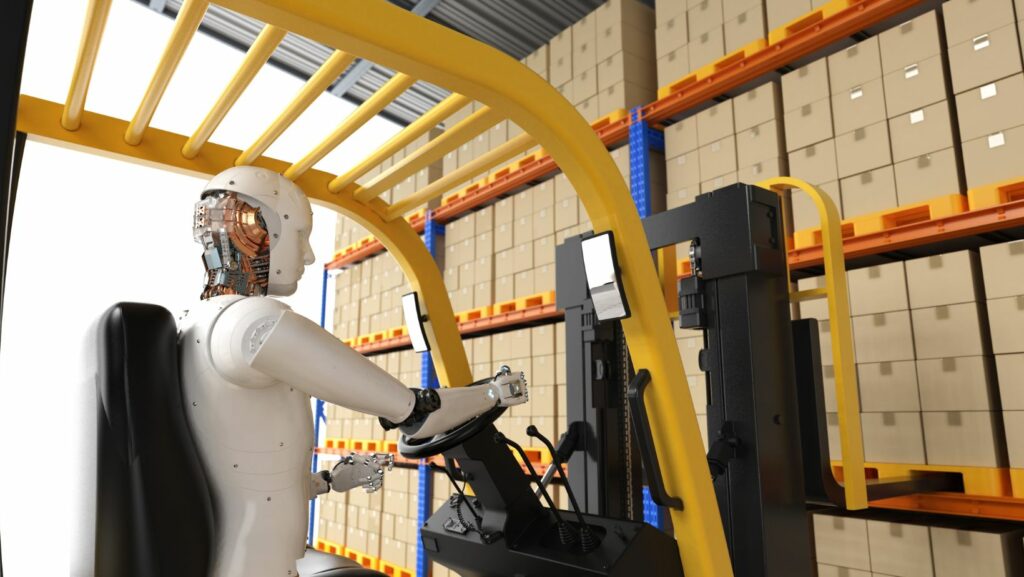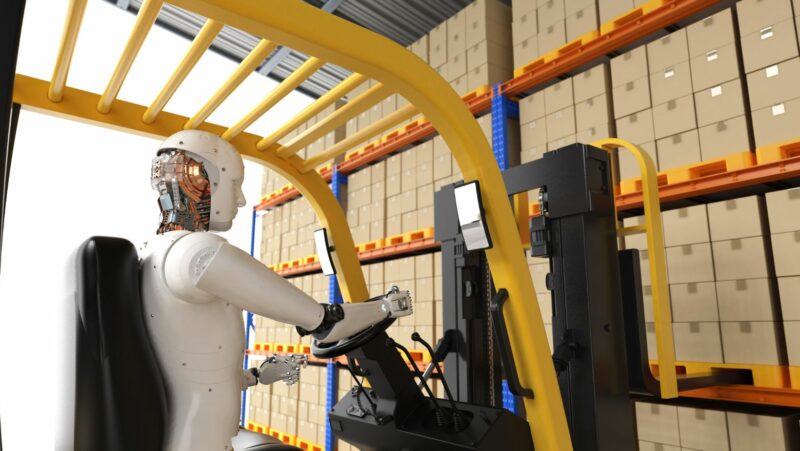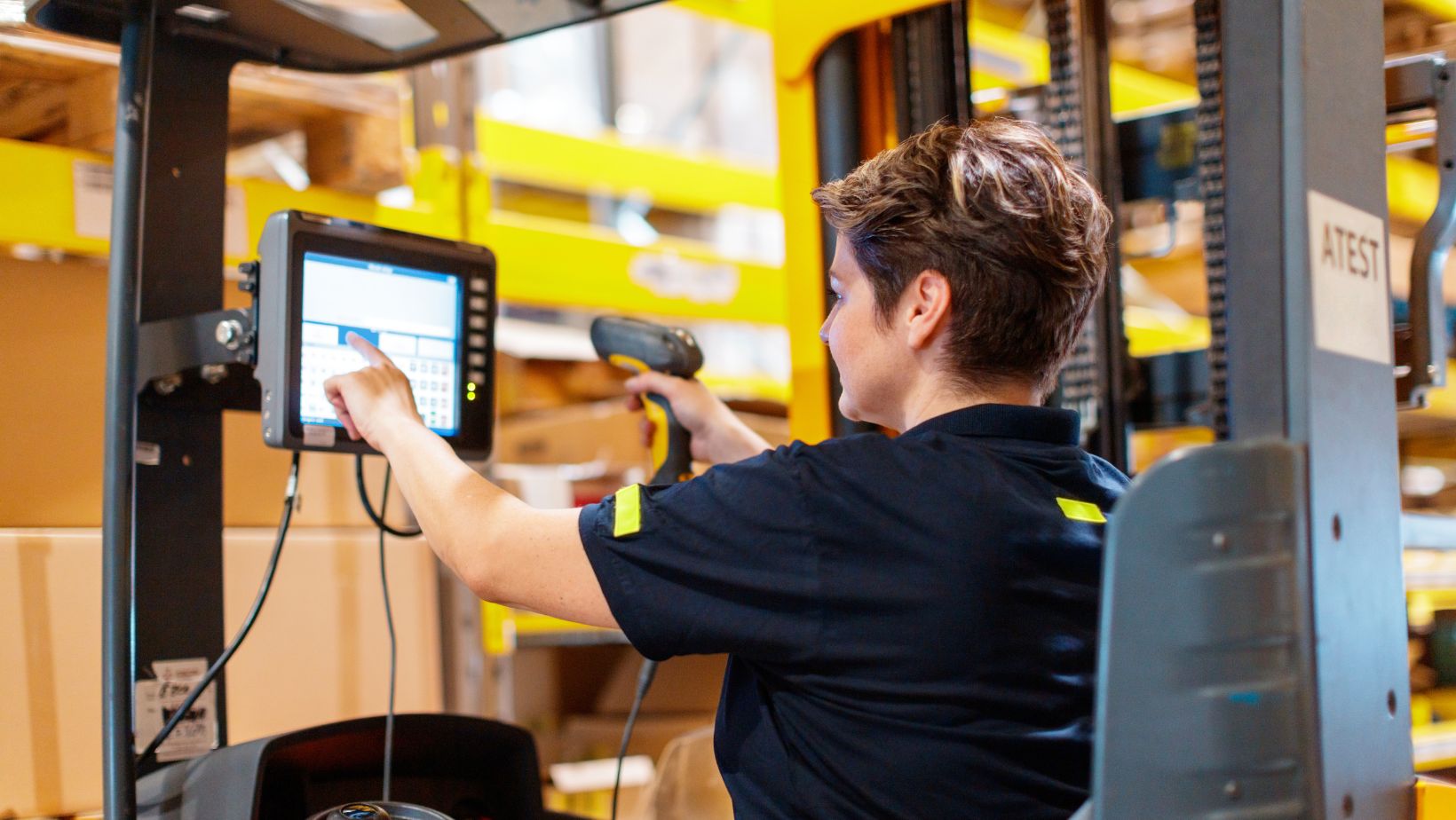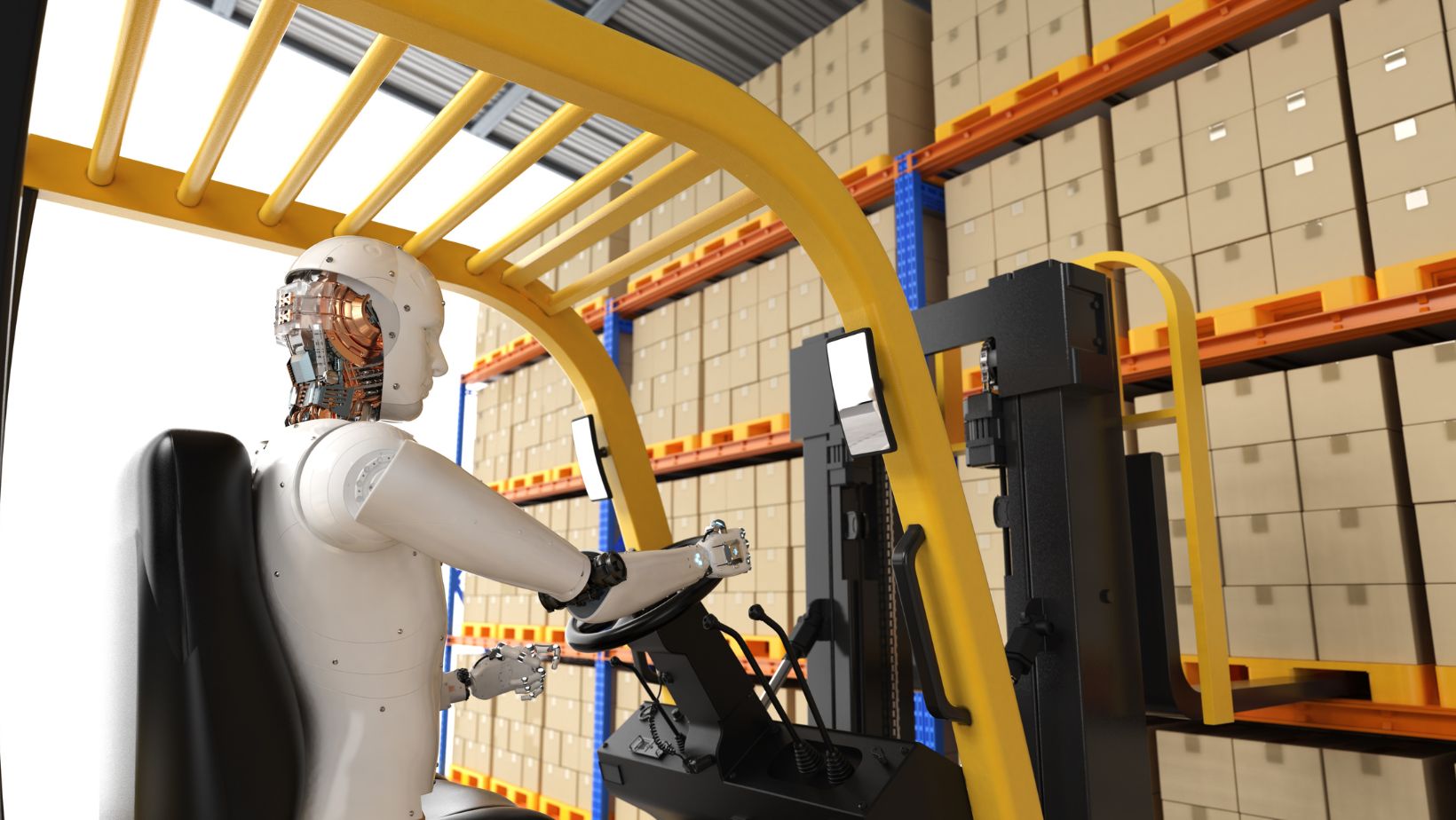
 In today’s fast-paced world, businesses are constantly seeking innovative ways to optimize their operations, streamline processes, and enhance productivity. One such groundbreaking solution that has revolutionized the logistics and supply chain industry is warehouse automation. The integration of cutting-edge technologies into warehousing processes has significantly improved efficiency, accuracy, and speed. This article delves into the technology behind warehouse automation, exploring how robotics, artificial intelligence, and advanced software systems work in synergy to reshape the modern warehouse landscape.
In today’s fast-paced world, businesses are constantly seeking innovative ways to optimize their operations, streamline processes, and enhance productivity. One such groundbreaking solution that has revolutionized the logistics and supply chain industry is warehouse automation. The integration of cutting-edge technologies into warehousing processes has significantly improved efficiency, accuracy, and speed. This article delves into the technology behind warehouse automation, exploring how robotics, artificial intelligence, and advanced software systems work in synergy to reshape the modern warehouse landscape.
Robotics in Warehouse Automation
At the heart of warehouse automation lies robotics. Autonomous mobile robots (AMRs) have emerged as an indispensable tool for tasks such as material handling, inventory management, and order fulfillment. These robots use sensors and cameras to navigate through the warehouse, avoiding obstacles and optimizing their routes. Collaborative robots (cobots) also play a crucial role, working alongside human workers to perform repetitive tasks, reducing the risk of injuries, and enhancing overall productivity.
The Rise of Artificial Intelligence (AI)
AI has transformed the way warehouses operate. Machine learning algorithms analyze vast amounts of data, enabling warehouses to predict demand patterns, optimize inventory levels, and allocate resources effectively. AI-powered robotic systems continuously learn from their interactions, improving their decision-making capabilities and becoming more efficient over time.
Warehouse Management Systems (WMS)
Warehouse Management Systems are the backbone of automation. These sophisticated software solutions integrate various components of warehouse operations, from order processing and inventory control to shipping and returns management.

WMS allows real-time tracking of inventory, ensures accurate order fulfillment, and optimizes warehouse layouts for maximum efficiency.
Internet of Things (IoT) and Sensors
IoT technology has enabled the creation of smart warehouses. Sensors placed strategically throughout the facility collect data on temperature, humidity, item location, and equipment status. This data is analyzed in real-time, allowing for proactive maintenance, reducing downtime, and ensuring optimal conditions for products that require specific storage conditions.
Automated Guided Vehicles (AGVs)
AGVs have been used in warehouses for several years, and their capabilities have evolved significantly. These driverless vehicles transport goods within the warehouse, following predefined paths or adapting dynamically to the environment. AGVs contribute to faster material handling and minimize the need for human intervention in moving goods.
Pick and Place Technologies
Picking items for order fulfillment used to be a time-consuming task, but with the advent of technology, this process has been revolutionized. Robotic pick and place systems use computer vision and advanced grasping algorithms to identify and pick items from shelves quickly and accurately. This technology greatly speeds up the order fulfillment process, reducing lead times and increasing customer satisfaction.
Automated Sorting Systems
Sorting large volumes of products efficiently is a challenge for any warehouse. Automated sorting systems use conveyors, sensors, and barcode scanners to categorize items based on predefined criteria. This technology not only reduces manual labor but also minimizes errors, leading to faster and more accurate order processing.
Integration and Connectivity
The true power of warehouse automation lies in the seamless integration of various technologies and systems.

Modern automated warehouses are interconnected ecosystems where data flows smoothly between robots, AI algorithms, sensors, and warehouse management software. This interconnectedness enables real-time monitoring, optimization, and adaptability, making the warehouse more responsive to changing demands.
Conclusion
Warehouse automation has become a game-changer in the logistics industry, enhancing efficiency, reducing operational costs, and improving overall customer experience. The successful implementation of automation technologies depends on a careful understanding of the specific needs and processes of each warehouse. As technology continues to advance, we can expect even greater levels of sophistication in warehouse automation, further propelling the industry into a future of unparalleled productivity and optimization. Embracing and investing in these transformative technologies is no longer an option but a necessity for businesses looking to stay competitive in the ever-evolving global marketplace.













